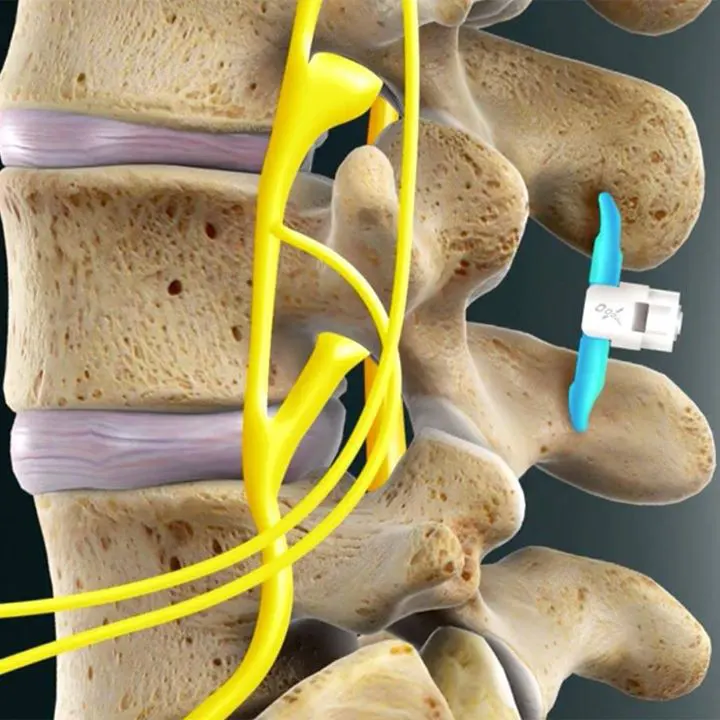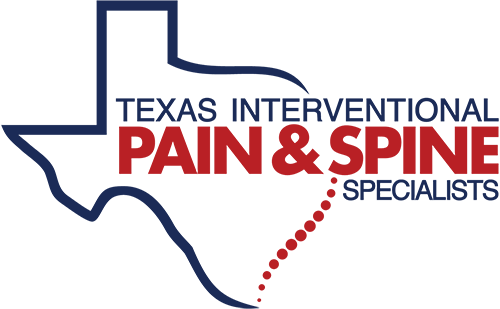Interspinous Spacers
Interspinous spacers are a type of medical device that is used to treat spinal stenosis, a condition that occurs when the spinal canal narrows and puts pressure on the nerves running through it. The goal of using an interspinous spacer is to increase the space within the spinal canal and relieve pressure on the nerves. In this article, we will discuss how interspinous spacers(Lumbar Spine Disc Spacers & Spinal Spacers for Stenosis) work, their benefits and risks, and when they may be used as a treatment option.
How do interspinous spacers work?
Interspinous spacers are small spinal spacer devices that are inserted between the spinous processes, which are the bony protuberances that can be felt along the length of the spine. The spacer is inserted through a small incision in the skin and is held in place by small hooks or screws that attach to the spinous processes. Once in place, the spacer expands and creates a space between the spinous processes, increasing the size of the spinal canal and relieving pressure on the nerves.
Benefits of interspinous spacers
One of the main benefits of using interspinous spacers is that they are minimally invasive. Unlike traditional surgery, which involves a large incision and a longer recovery period, interspinous spacers are inserted through a small incision and typically require only a few days of recovery. In addition, interspinous spacers are often effective at relieving pain and other symptoms associated with spinal stenosis.


Risks of interspinous spacers
As with any medical procedure, there are risks associated with using interspinous spacers. These risks may include infection, bleeding, and nerve damage. There is also a risk that the spacer may become loose or dislodged, which could require additional surgery to fix. It is important to discuss these risks with your doctor before deciding to undergo treatment with an interspinous spacer.
When are interspinous spacers used?
Interspinous spacers are typically used as a treatment option for individuals who have spinal stenosis and are experiencing pain, numbness, tingling, or weakness in their legs or back. They may also be used in individuals who have not responded to other forms of treatment, such as physical therapy or medications. In general, interspinous spacers are most effective in individuals who have mild to moderate spinal stenosis and are not candidates for more invasive forms of surgery.
In conclusion, interspinous spacers are a minimally invasive treatment option for individuals with spinal stenosis. While they may be effective at relieving pain and other symptoms, it is important to discuss the risks and benefits with your doctor before deciding to undergo treatment.
Ready to Live Pain Free?
If you are interested in an ethical, personal and individualized approach to pain treatment, then we are here to help. Please give our office a call at (361) 360-3264. We look forward to helping you restore a more active, joyful and pain free life!
